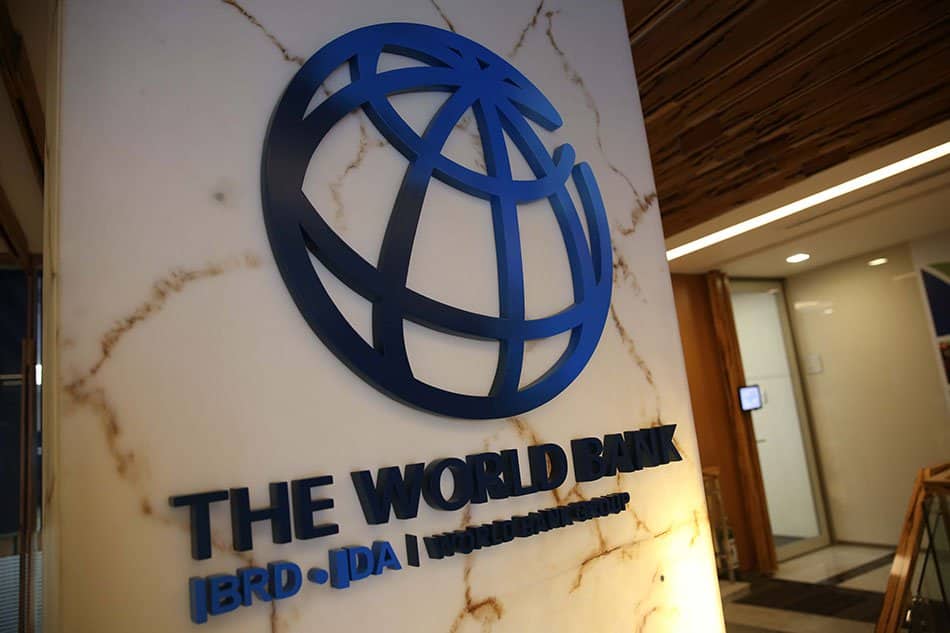By Ruelle Castro
Copyright malaya

The World Bank has maintained its 2025 growth forecast for the Philippines at 5.3 percent in its October 2025 East Asia and Pacific Economic Update released Tuesday.
The outlook for the East Asia and Pacific region, however, has been upgraded to 4.8 percent in the latest update from a previous 4 percent issued in April.
Although the new forecast for the East Asia and Pacific region has been revised upward, nevertheless the region’s outlook still points to a slight slowdown from last year’s 5 percent growth, reflecting easing momentum in several economies, the bank said.
Vietnam is projected to lead growth at 6.6 percent, followed by Mongolia at 5.9 percent and the Philippines at 5.3 percent. China, Cambodia, and Indonesia are each forecast to grow at 4.8 percent, while Pacific Island countries are expected to post 2.7 percent growth and Thailand, 2 percent.
The World Bank said the region’s GDP growth remains above the global average despite the deceleration. “Retail sales are increasing, but consumer confidence has not recovered to pre-COVID levels.
Industrial production is strong, but business confidence is low. “Exports accelerated ahead of recent tariff hikes, but new export orders are weak,” it said.
Jobs paradox
The report warned that East Asia’s development model is facing new structural headwinds, with recent job creation concentrated in low-productivity, often informal service work that offers few opportunities for upward mobility.
“The region faces a jobs paradox—relatively strong economic growth alongside insufficient creation of quality jobs,” Carlos Felipe Jaramillo, World Bank vice president for East Asia and the Pacific, said.
The bank noted that while 25 million people are expected to escape poverty between 2025 and 2026, the share of the population vulnerable to slipping back into poverty now exceeds the size of the middle class in most countries.
Young people continue to face difficulties finding jobs, and women’s labor force participation remains low, underscoring the fragility of inclusive growth in the region.
Jaramillo urged governments to undertake “bolder reforms” to remove barriers to competition and firm entry, and to unlock private capital that can fuel more dynamic job creation. “The World Bank remains a steadfast partner to the region’s commitment to inclusive growth that matches the ambition of its people,” he said.
Trade protection
Aaditya Mattoo, World Bank chief economist for East Asia and the Pacific, said that while export-oriented, labor-intensive growth lifted a billion people out of poverty over the past three decades, the region now faces “twin challenges of trade protection and job automation.”
He stressed that reforms to the business climate and education systems could help trigger “a virtuous cycle between opportunity and capacity,” leading to higher growth and better jobs over the medium term.